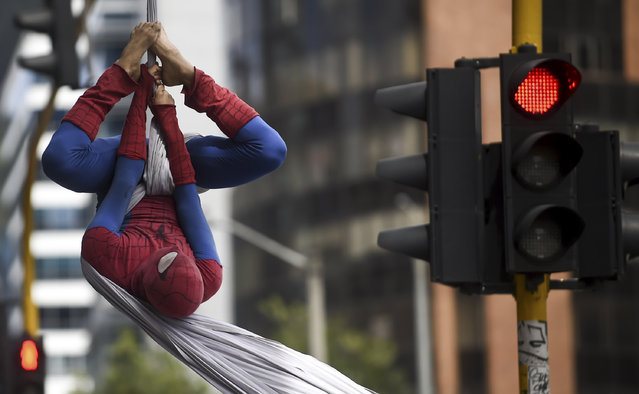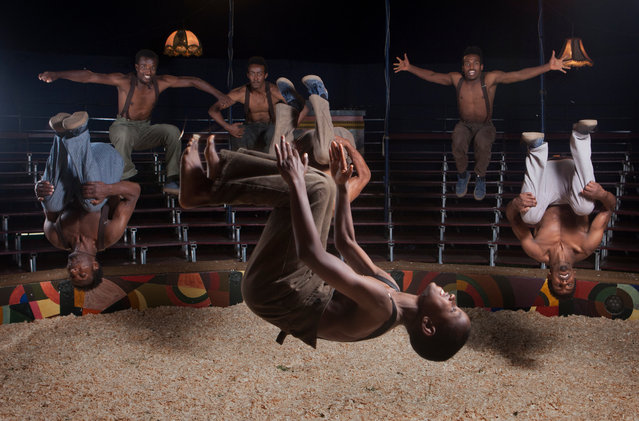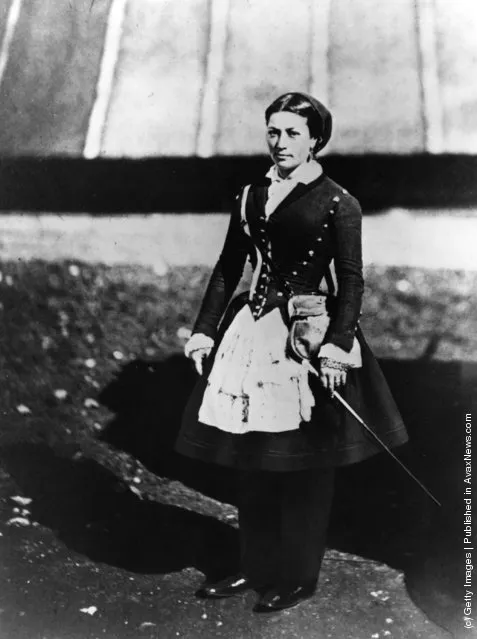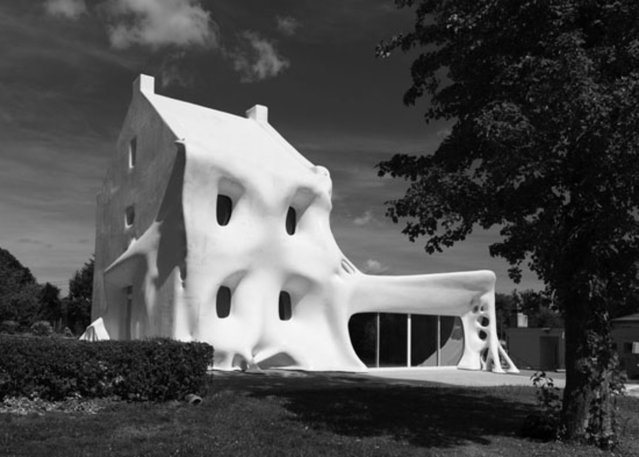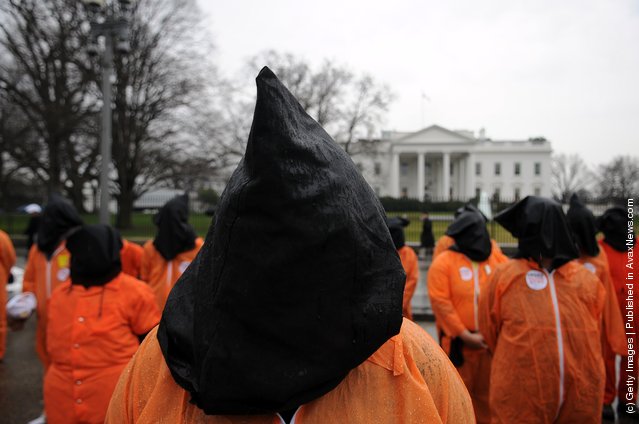
Members of the organization Witness Against Torture wear orange prison jump suits with handcuffs and a hood over their heads during a demonstration urging the government to close down the detention facility at Guantanamo Bay, in Lafayette Park outside the White House January 11, 2012 in Washington, DC. Protesters carry on a 92-hour vigil in a protest of the 10th anniversary of the arrival of the first group of detainees to arrive at the US military facility (Photo by Astrid Riecken/Getty Images)
12 Jan 2012 12:16:00,post received
0 comments




